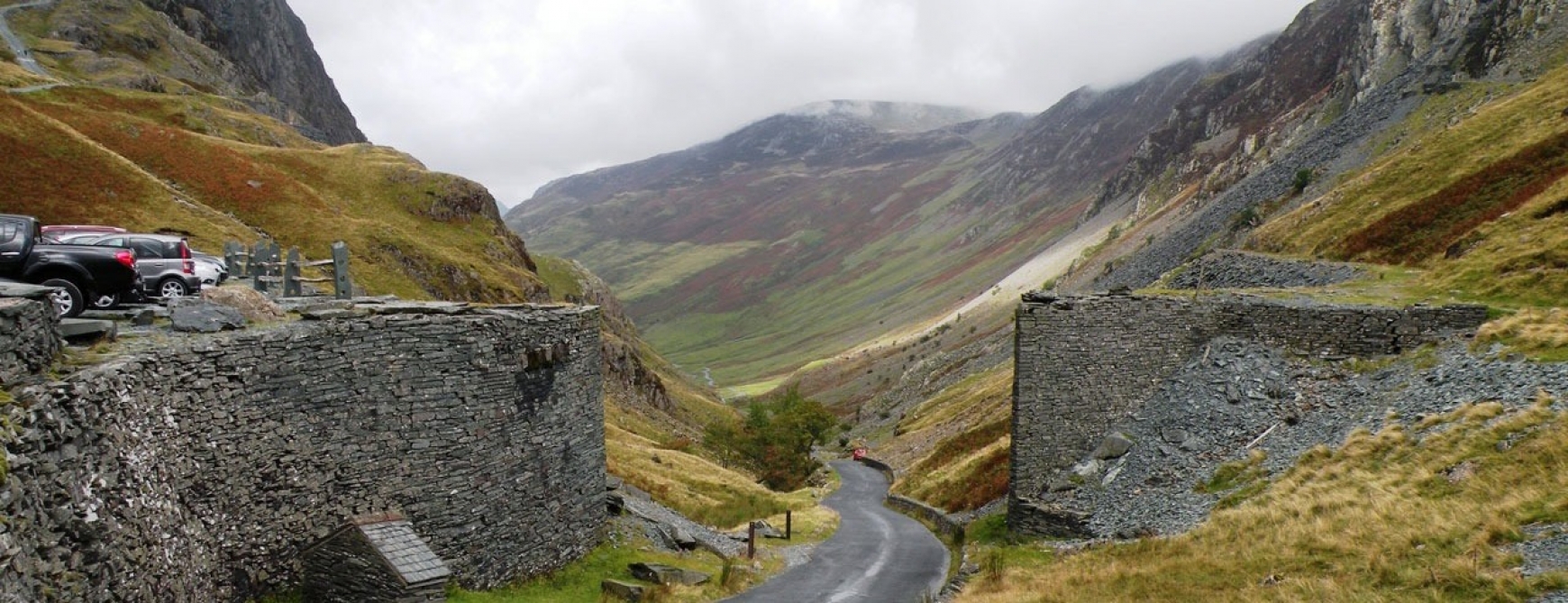With renewable energy and energy storage becoming increasingly researched and debated throughout the world, engineers and researchers are coming up with unique ways for storing this energy.
One such way is the process known as Pumped Hydro Energy Storage (PHES) and all it requires is a pump, a turbine and two reservoirs at different altitudes. As electricity generated by PV solar cells and wind turbines are dependent on the weather, PHES is just one of a number of ways this generated electricity can be stored. The generated electricity powers a pump that forces the water to the upper reservoir, creating potential energy that can be later utilised. Australia, with its potential for storing large volumes of water within reservoirs as well as taking advantage of its hilly landscape, is the perfect place for PHES. Other renewables are able to power the pump, but with the amount of sunshine and wind available to Australia, these two renewable technologies are very popular.
To take advantage of the potential energy stored in the upper reservoir, just ‘open the floodgates’ and let gravity do the work. Just like hydropower stations, the turbine is able to produce electricity and export this to the grid. The major benefit of this system is that there is no delayed startup time, supporting the grid in times of short-term peaks and unplanned outages.
There are a number of these storage systems produced or in production around the world, with one article stating “22,000 potential sites” for PHES around Australia alone*. One example is the Genex Power, Kidston Pumped Storage Hydro Project in North Queensland. The project is being developed in the old Kidston Gold Mine, using an upper and lower reservoir, concrete pipes, pumps and turbines. This Kidston Storage site has a rating of 250 MW and is designed to produce a maximum of 1.5 Gigawatt-hours over 6 hours.
Although the UK does not have the same landscape to that of Australia, the abandoned quarries in Snowdonia, Wales, has been proposed to house a 99.9 MW Pumped Storage system. The Snowdonia Pumped Hydro Project was granted development consent on the 8th March 2017.
With renewable energy becoming more popular and the increasing need to store the generated energy, appropriate storage systems like batteries and PHES systems will have to be implemented to keep a stable electricity grid.


